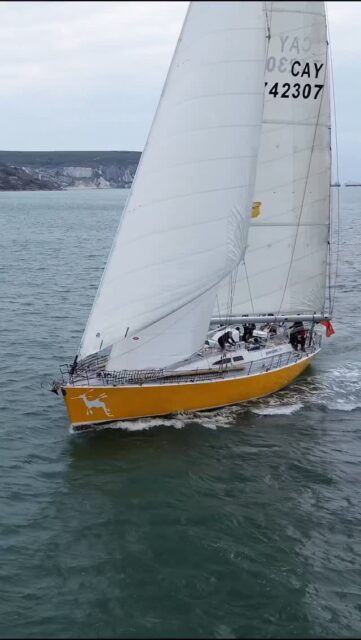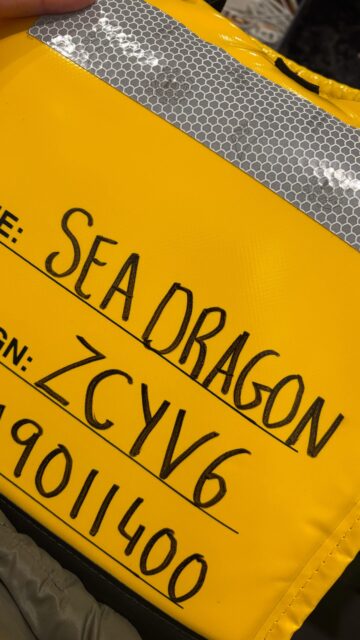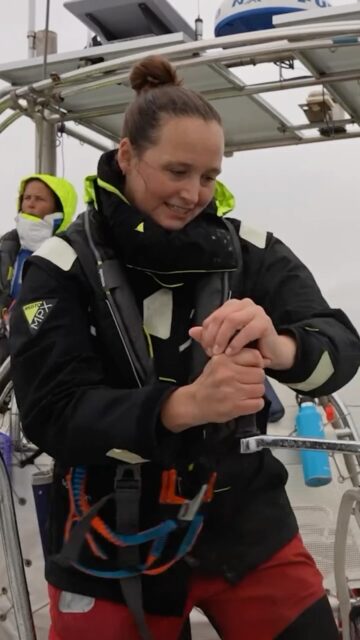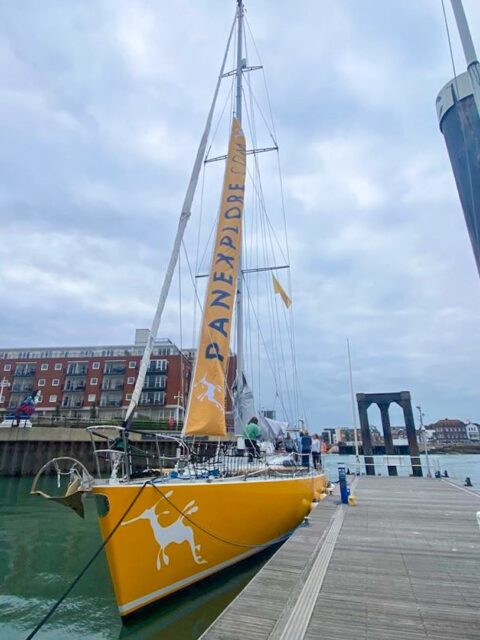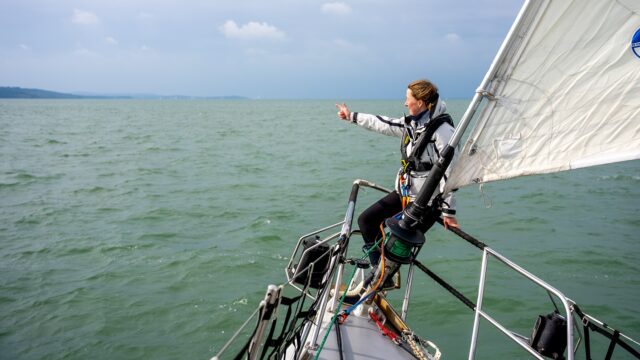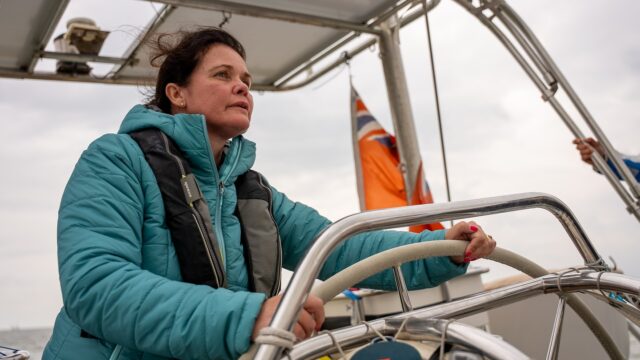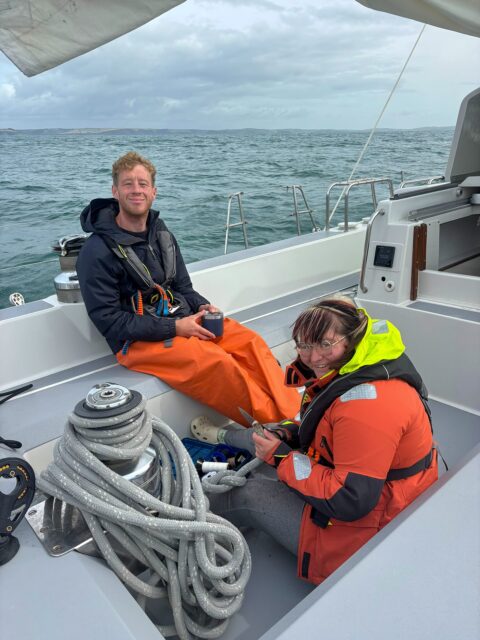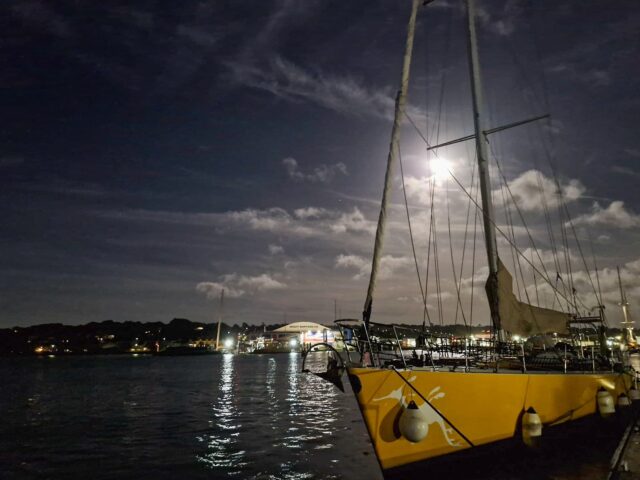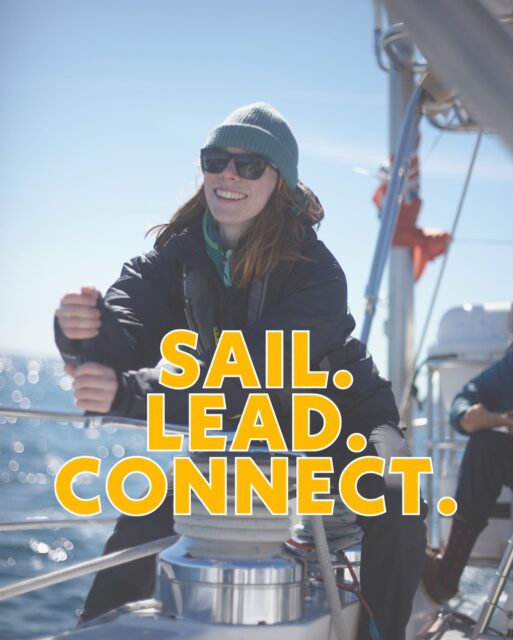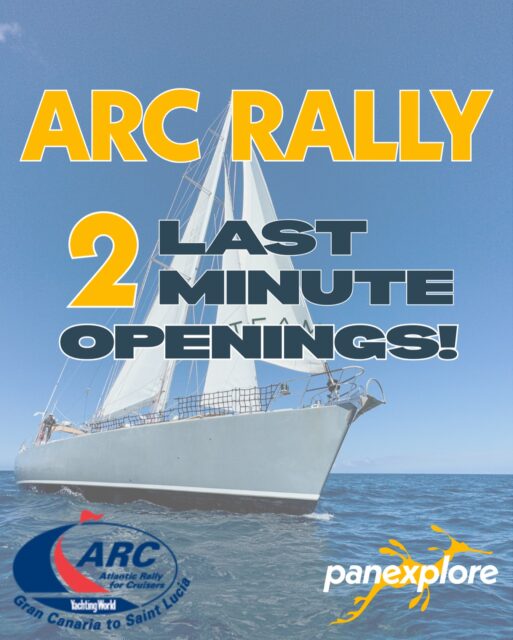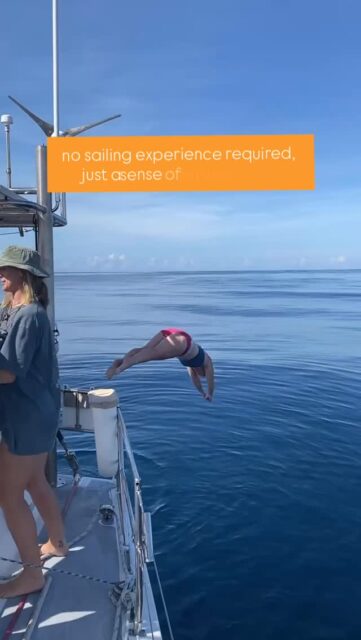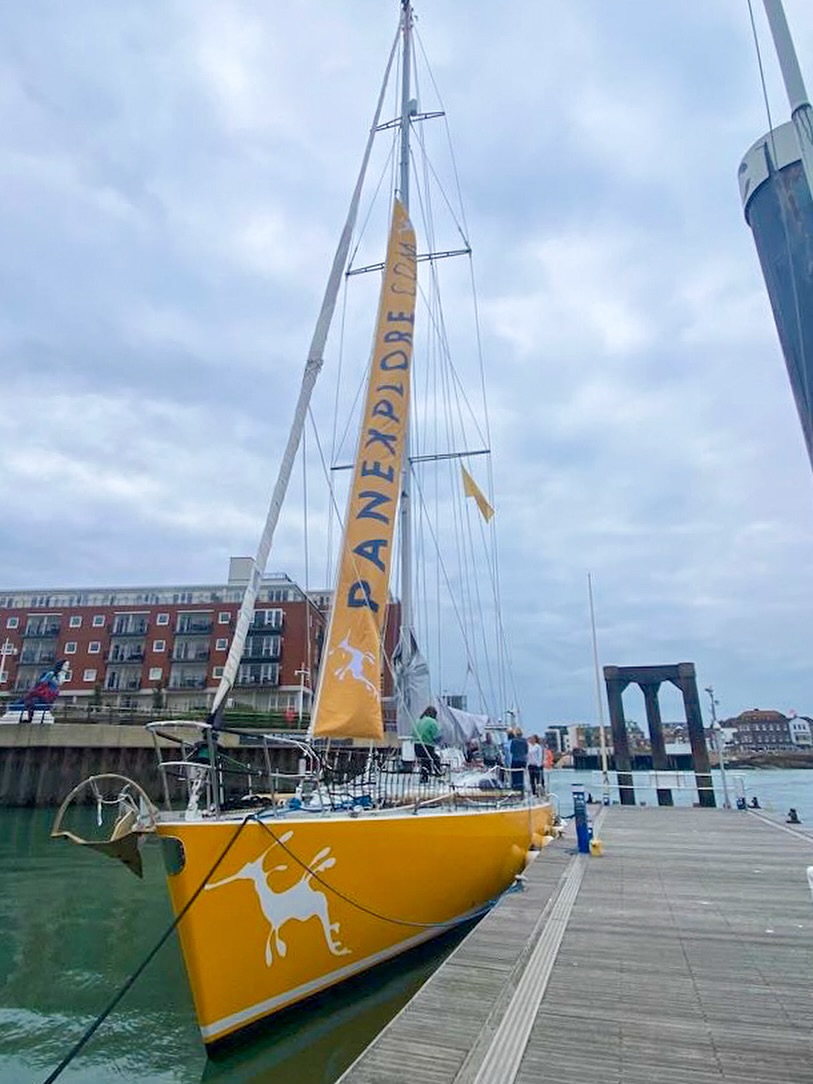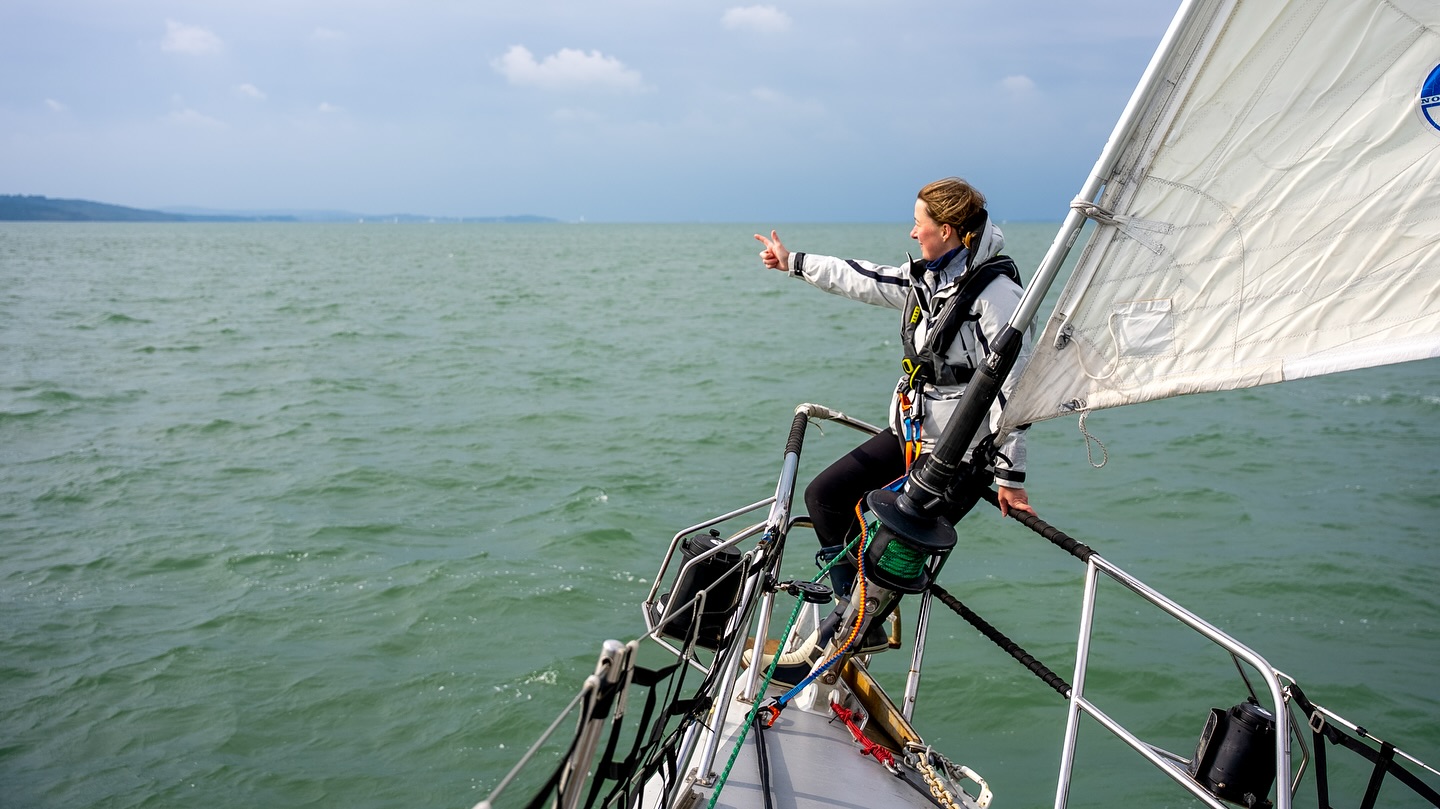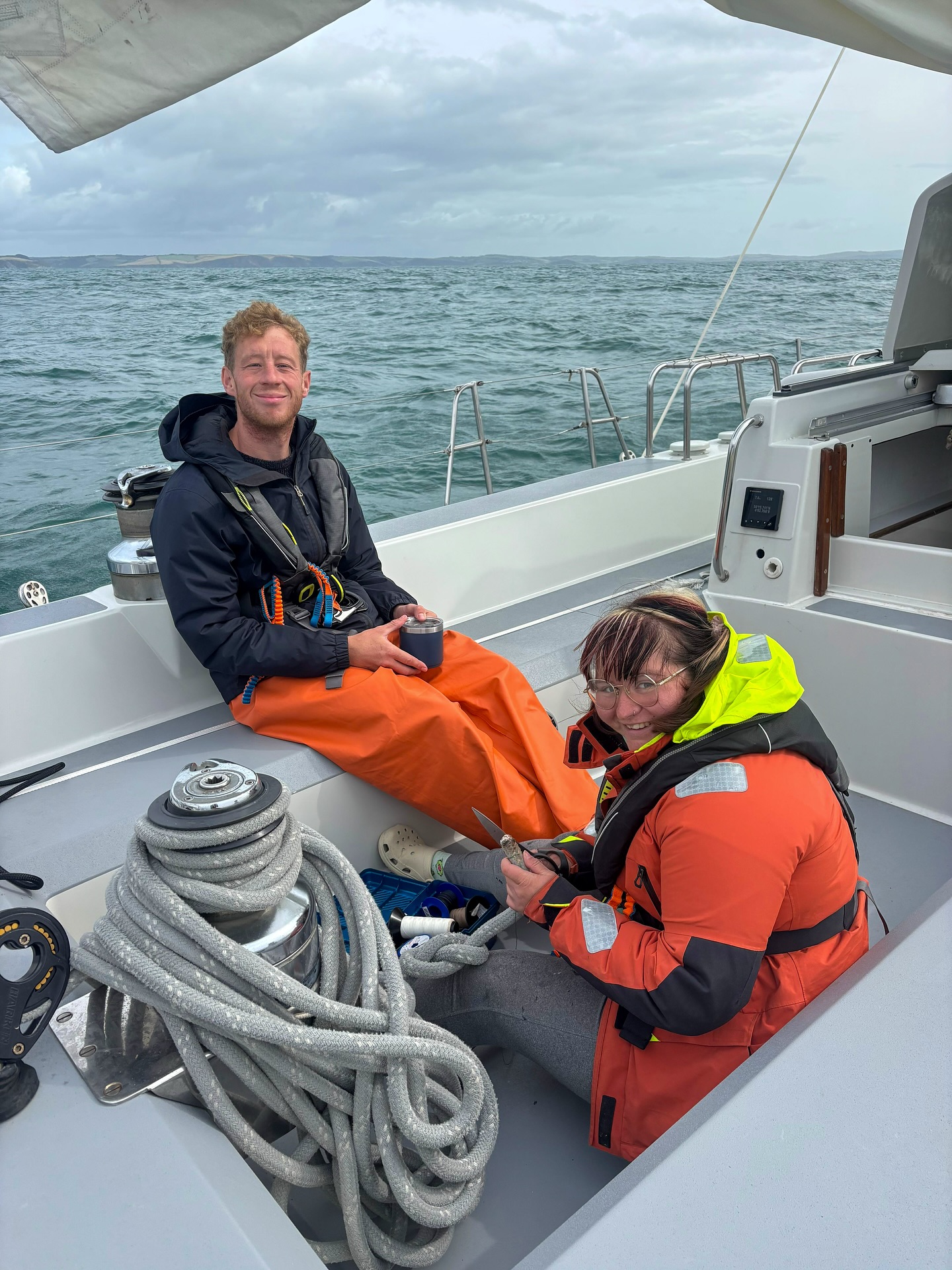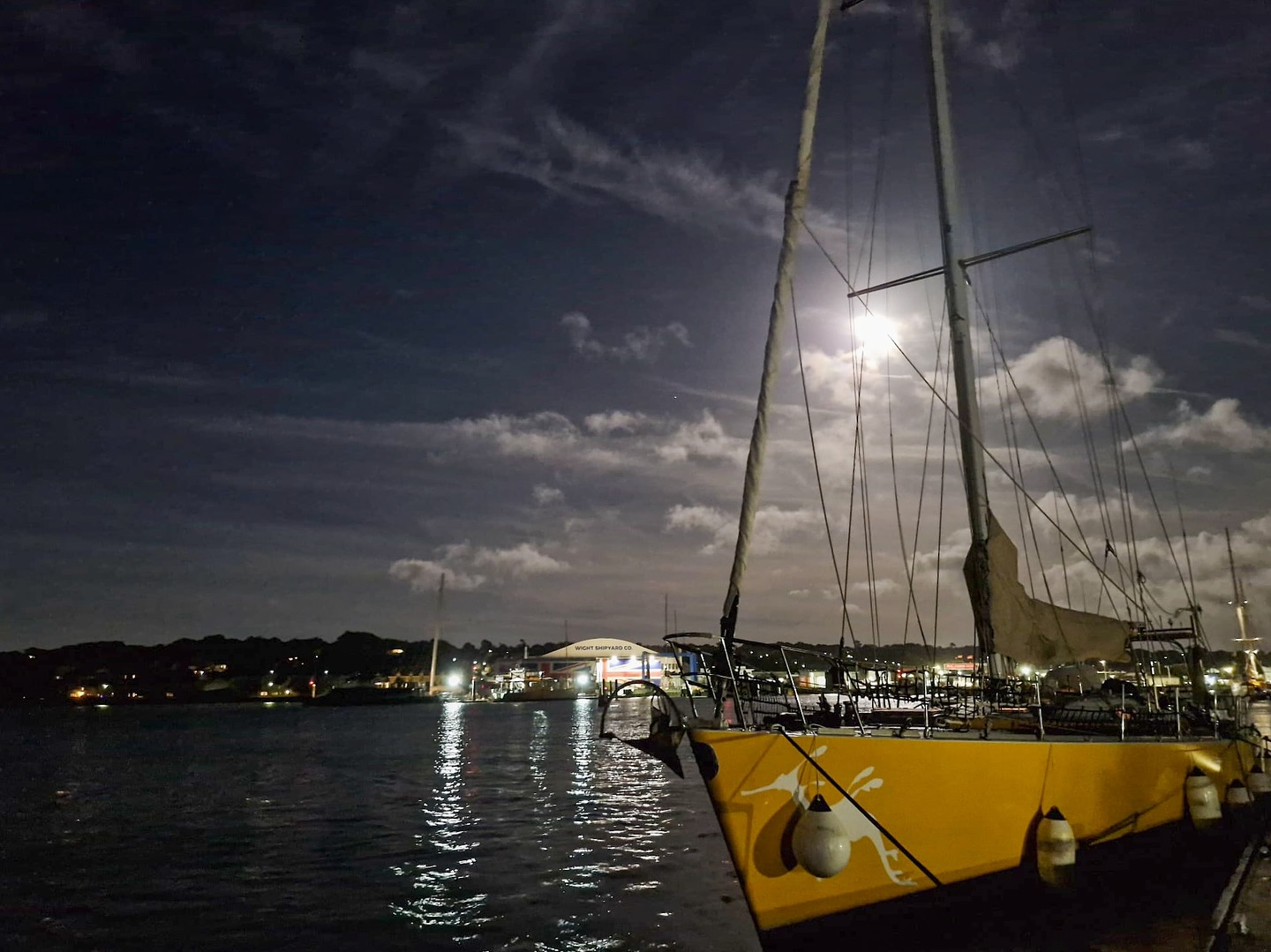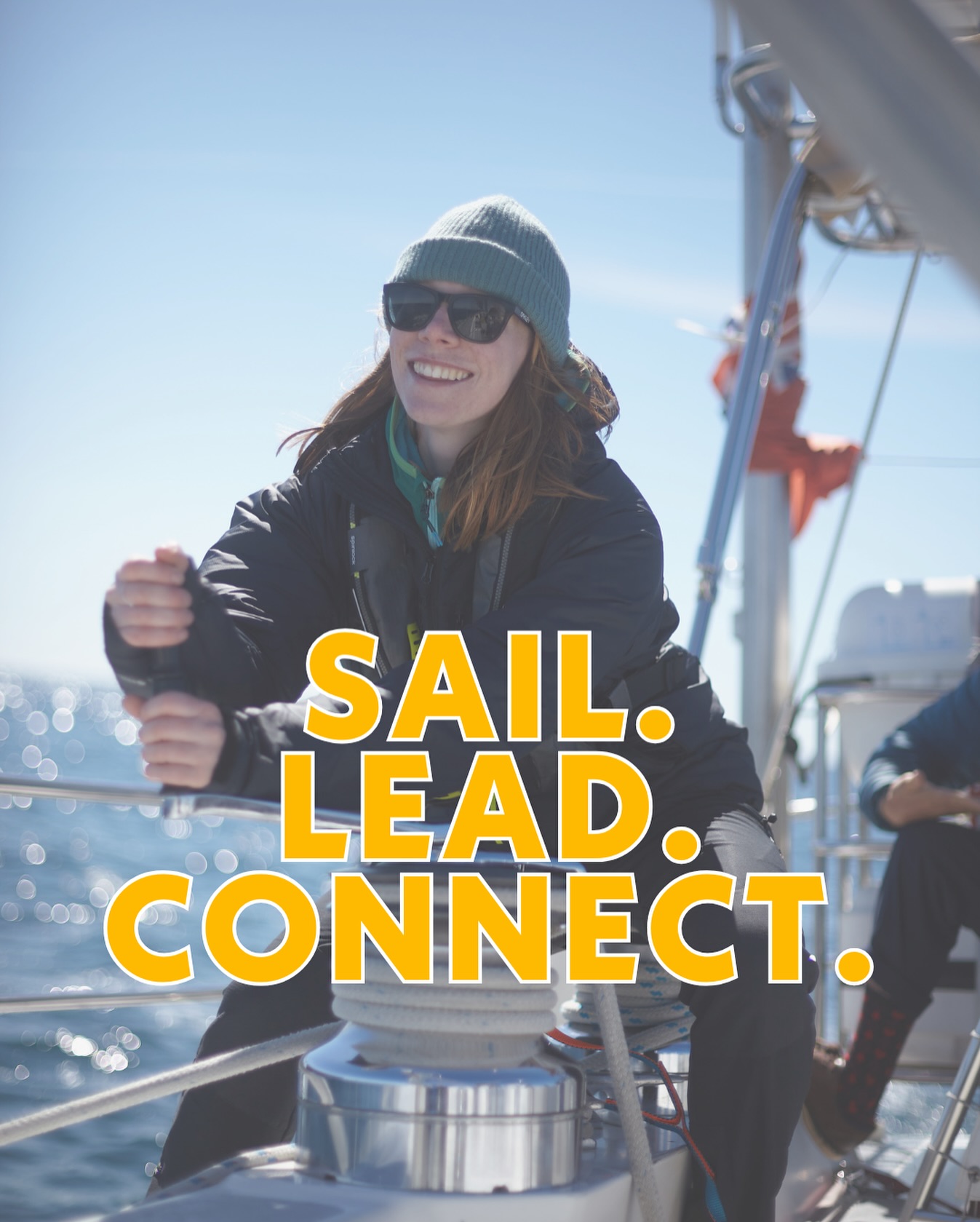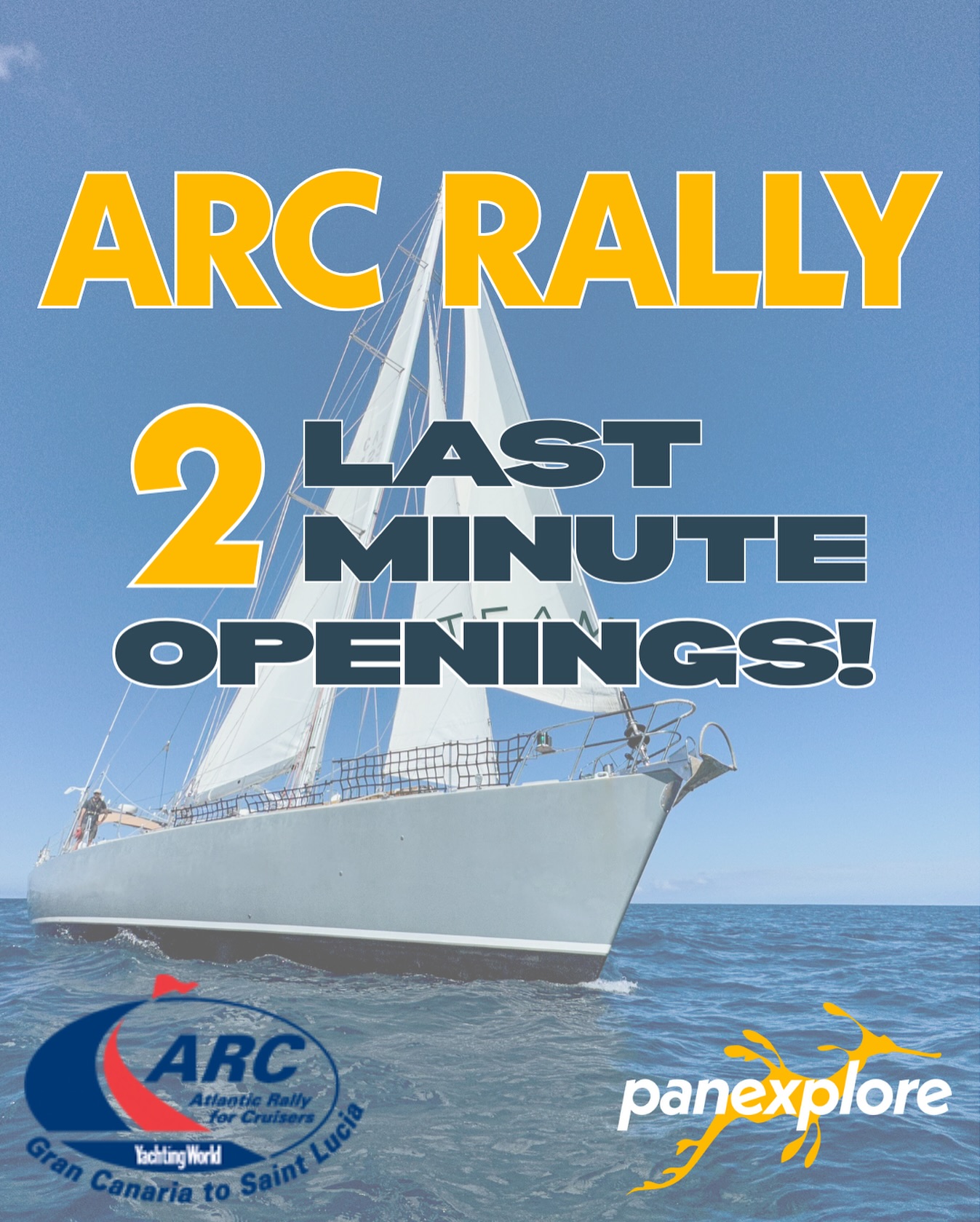We’re now on the southeastern edge of the South Atlantic Subtropical Gyre, on the home stretch to Cape Town, South Africa. We’ve had the joy of a week of spectacular weather, and even a Minke whale traveled alongside our boat for a while today, breaching the surface to show its pointy dorsal fin. The sea surface is calm, relative to the storms we had a week ago. It almost looks glassy at times. We’re still trawling.
Every sample contains plastic, but it’s different. “What’s all that string in there?” a crewmember chimes in, as the hi-speed trawl comes in over the rail. The end of the net is heavy with slimy salps. Hovering in the net between them are dozens of plastic fragments, like confetti. But also there long pieces of colored nylon and monofilament fishing line. It is unusual. This has happened before, the way plastic in the trawl changes with the weather. But why?
When the wind and waves become calm, the plastic rises. In higher sea states plastic is churned below the surface. Larger fragments stay on top. In our trawls conducted during 8-10 foot seas, we only found large, pea-sized fragments. There was no line, and no small fragments. Now, this has changed. Monofilament line and nylon are relatively close to the density of seawater, so it doesn’t take much to drag them down. But after a few days of calm, these types of plastic slowly migrate to the surface.
One big question yet to be answered is, “What is the effect of sea state on the vertical distribution of plastic pollution?” Our experience sailing 4000 miles across the South Atlantic Ocean is giving us a glimpse at the answer.

